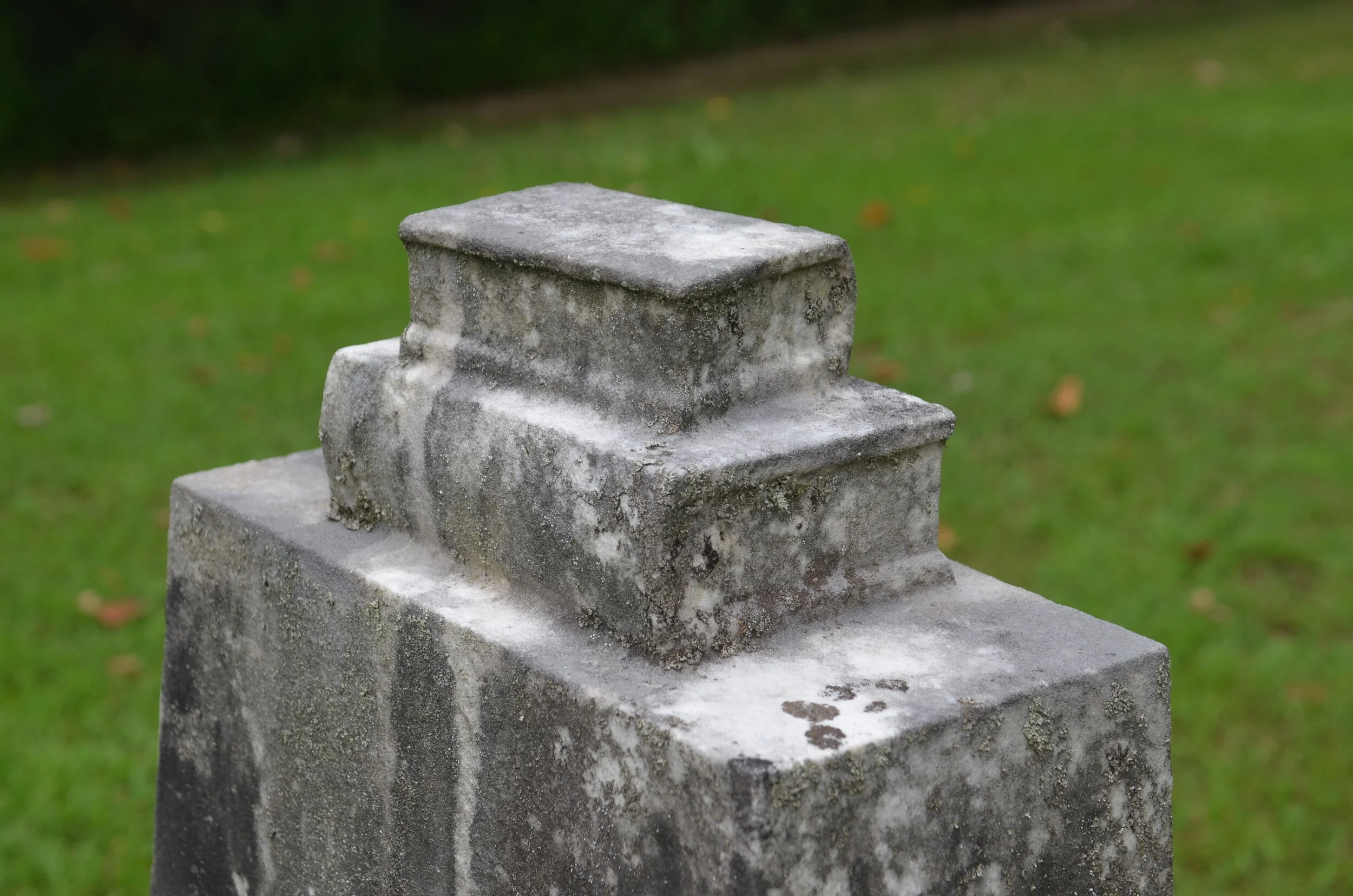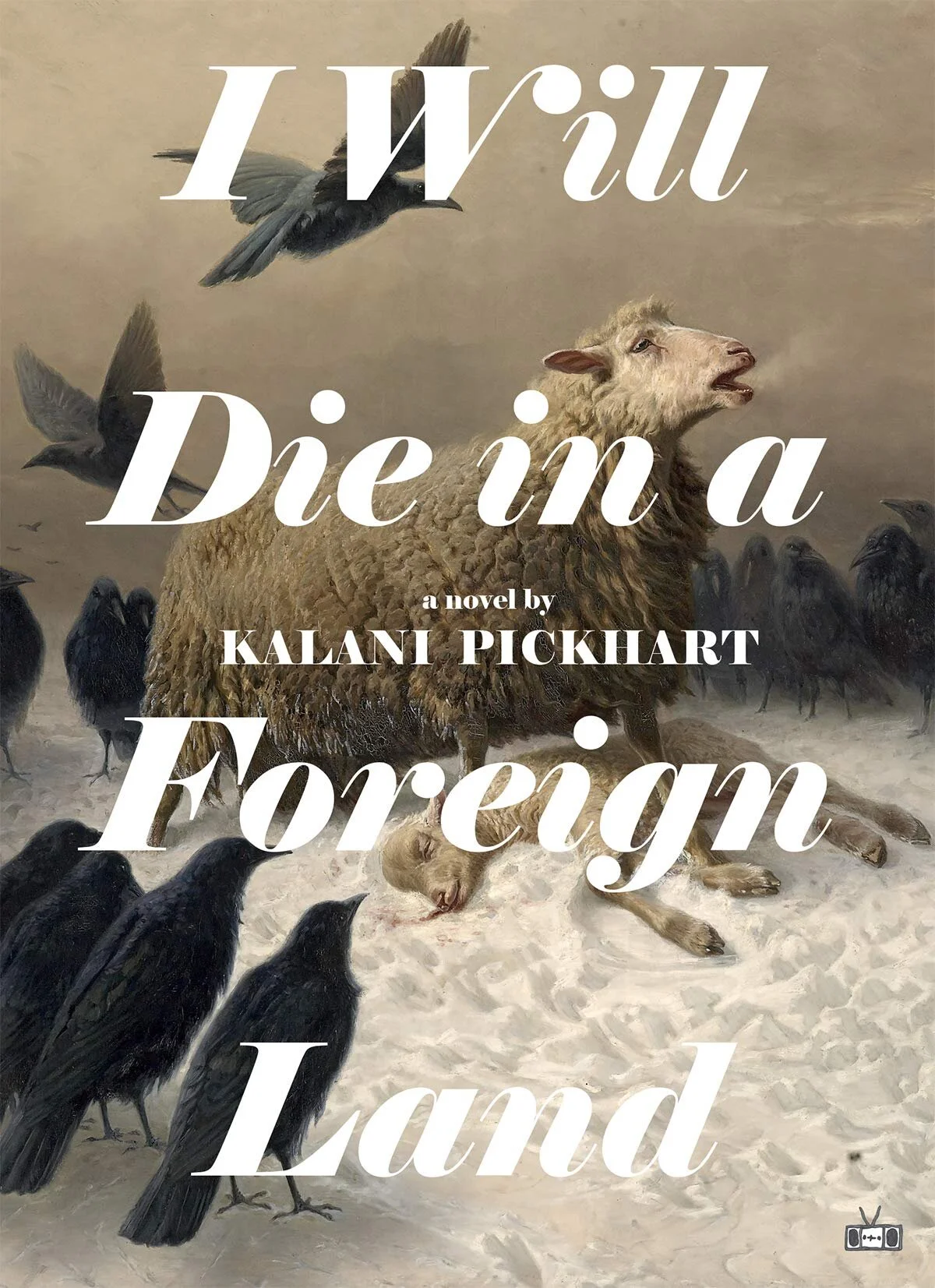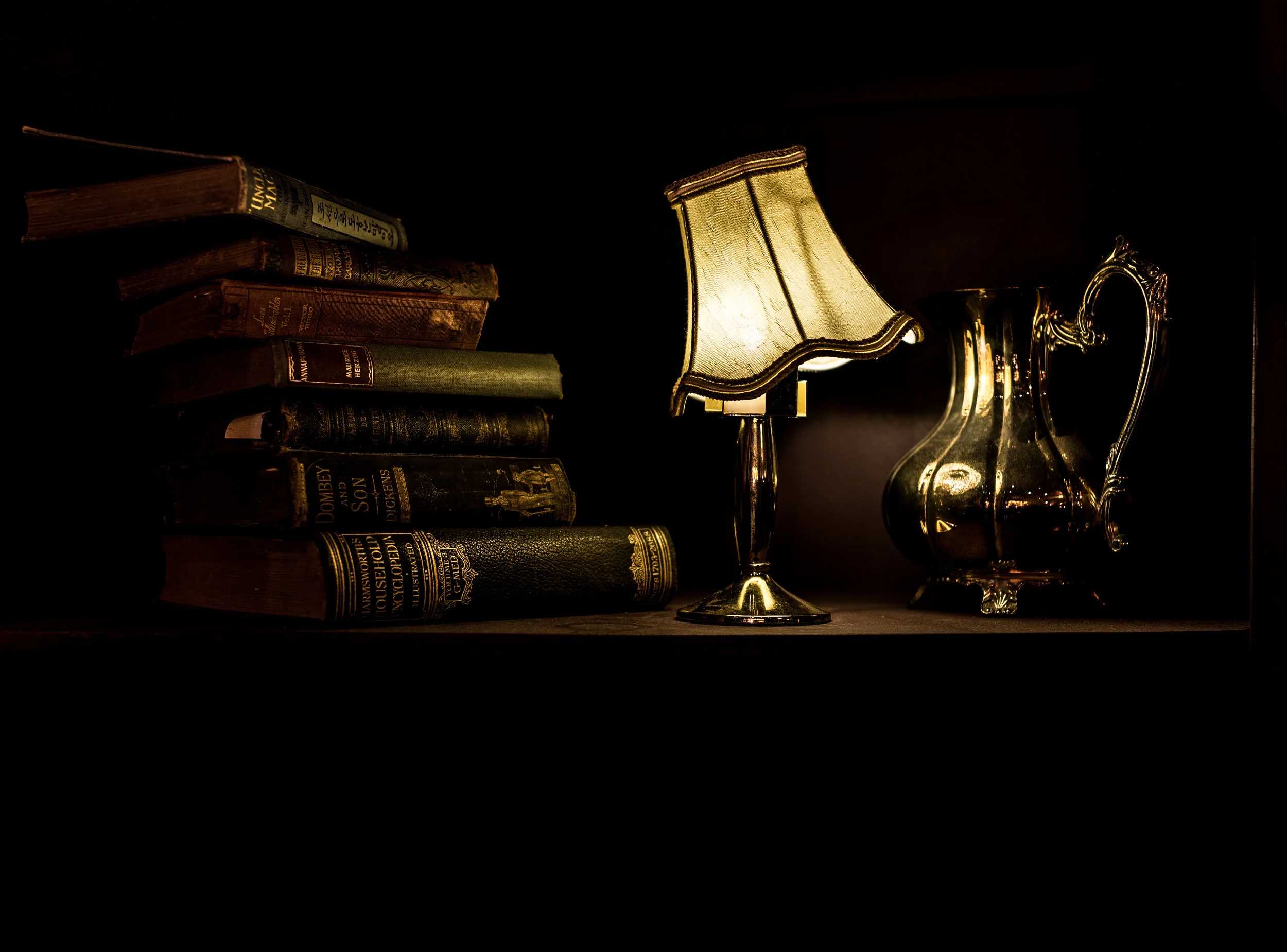Books in the Boneyard: Books in Victorian Cemetery Symbolism
[image description: a photo of the top of a gravestone where two books are carved, as though resting on the headstone like a shelf.]
I’m always delighted by the surprising places I find books, but I have to say that the last place I expected to find books was a historic cemetery.
This past summer I took several trips to Appalachian Ohio. On one, I went to Marietta, which is a town along the Ohio River along the West Virginia border. Marietta was the first white settlement in Ohio (which is not a good thing, obviously! to hell with land thieved from Indigenous People!), which means they have some old historic cemeteries.
And I LOVE historic cemeteries––the older the better. (I used to be a cemetery tour guide and wrote an essay about the experience.) So when I saw Oak Grove Cemetery, I had to check it out.
Don’t let the pavement fool you––the roads through the cemetery weren’t meant for cars. They were meant for horse-drawn carriages. If you visit, you’d better park on the streets surrounding the cemetery and walk.
I’m familiar enough with Victorian-era cemeteries that I can anticipate several of the monuments. Rich folks liked obelisks because Egyptian exploration (another thing that is not good!) was popular at the time. Infant mortality was rampant in the era, so you’ll see a lot of lambs sleeping in baskets. Young people in general died fairly often, so you’ll see monuments of tree trunks cut down to the stump. And there are symbols for every fraternal organization and club you can imagine because the Victorians were joiners.
But I see books far less often, so when I do I’m delighted!
The Victorians were really big into symbolism in their cemeteries and their monuments reflected that. But, as with most things symbolic, there’s no one single meaning. Tombstones with books carved into them can mean the person was a scholar or intellectual, or someone who worked in the book industry as a writer, publisher, or bookseller.
Books (and scrolls) are also commonly found on the gravestones of religious folks who really liked their holy texts.
Whatever the connection to books, if someone liked books enough to warrant having them carved onto their headstone, they were definitely a certified card-carrying book nerd.
It’s also interesting to consider what books they might have been reading before they died. I recently discovered a love of books from the 1800s (more on that here if you missed the post) so I can’t help but wonder if they might have read the books I’m now collecting.
Speaking of books from the 1800s, my 31st birthday just passed so I treated myself to two antique books. One is on women’s labor, specially what women in the 1800s could do in the business and literary worlds, and one is on conchology. I’m going for a theme here.
I also bought myself a book on the poisonous plants of the Midwest and their effects on livestock from the 1970s, but that’s research for a novel. Though perhaps it’ll be a collectible one day.
The other historic cemetery I went to in Appalachian Ohio was the Keeton Cemetery, which is at Lake Hope, our favorite state park. The photos above of monuments with the name Keeton are from there.
Do you like old cemeteries? Have you ever seen books in unexpected places? Let me know in the comments below!













